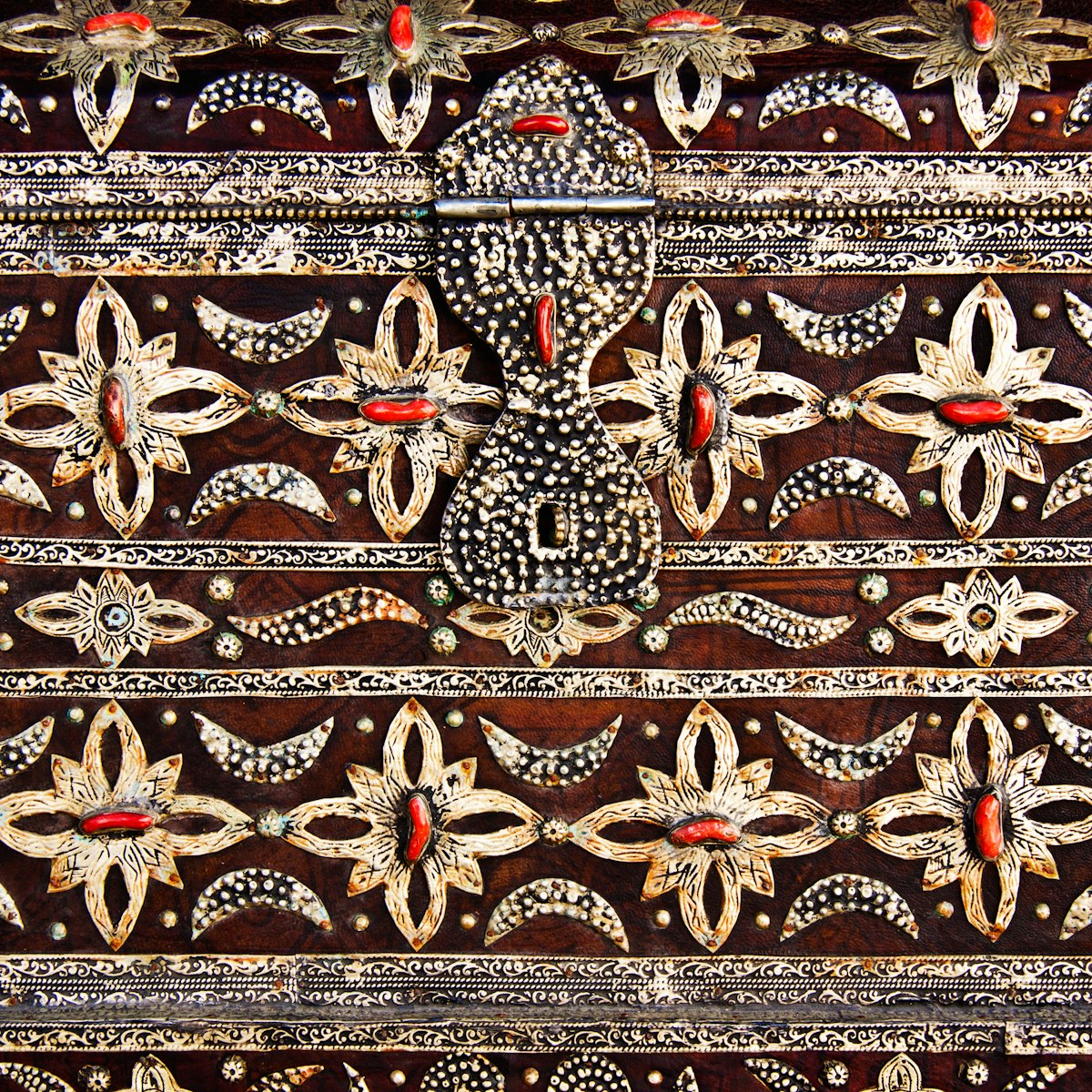The mausoleum of Ayatollah Ruhollah Khomeini, easily reached via metro, is one the grandest architectural endeavours of the Islamic Republic. Built on an enormous scale – which necessitated the moving of many existing graves at the giant Behesht-e Zahra cemetery – the Holy Shrine also contains the tombs of Khomeini's wife, second son and several other important political figures; in 2017, former president Akbar Rafsanjani was buried here.
The shrine is flanked by four 91m-high towers symbolising Khomeini’s age when he died. The huge gold central dome is adorned with 72 tulips, which symbolise the 72 martyrs who fought and died with Imam Hossein in Karbala.
Inside the vast main hall, covered with 12,000 carpets each 12 sq metres, Khomeini's tomb itself is enclosed in a stainless steel zarih, a cage-like casing through which pilgrims pay their respects and no small number of bank notes. Men and women approach respectfully from different sides.
The scene was very different in 1989 at Khomeini's chaotic funeral, attended by a crush of 10 million inconsolable mourners. As the hearse tried to move towards the cemetery it was stopped repeatedly before the crowd eventually took the coffin and started passing it over their heads. By the time a helicopter was summoned it was too late and even the armed Komiteh guards couldn’t stop the body falling out of the coffin, and the crowd trying to tear pieces off the shroud to keep as holy relics.
Unless you thrive on similar chaos, avoid the shrine on or around 4 June, the anniversary of the Ayatollah’s death, when hundreds of thousands of mourners visit the shrine. During the holy month of Muharram, the fountains surrounding the shrine run with red dyed water.
Construction of the complex, covering 20 sq km, began in 1989, but parts of it are yet to be completed. The plan is for the ceiling of the interior to be covered with tiny mirrors, as is the case with many other Shia shrines.


